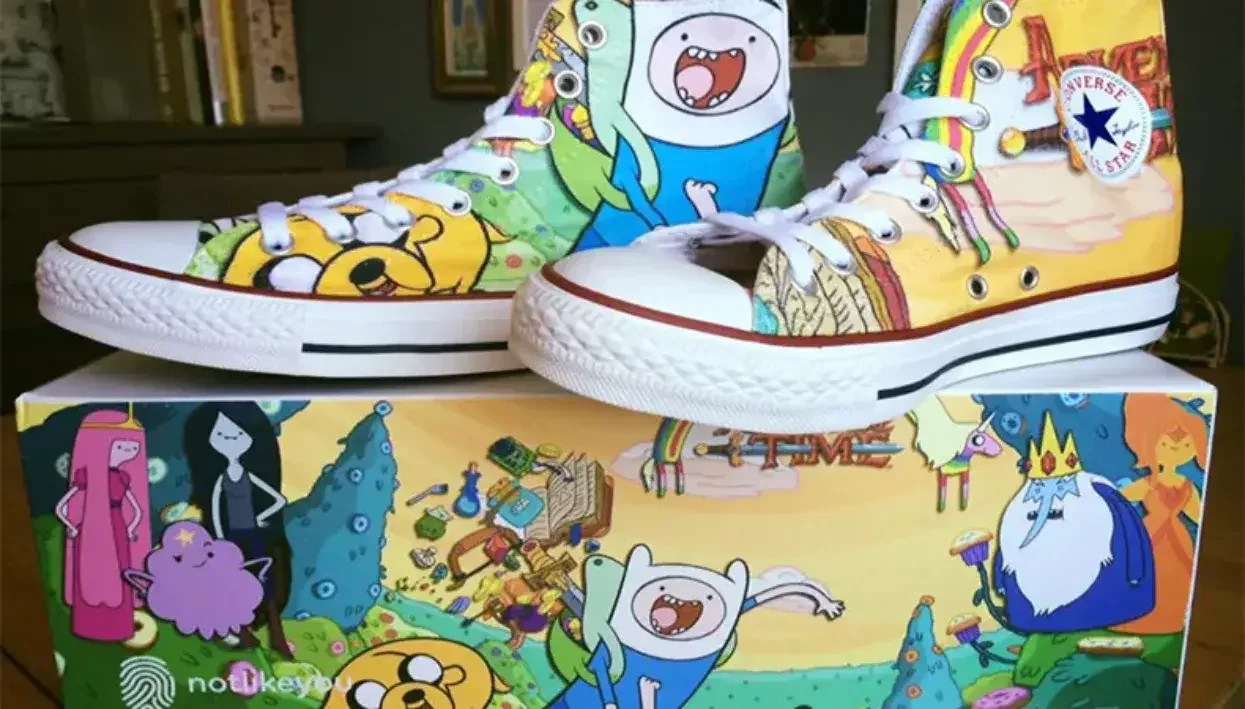Digital Printing
Packaging
Packaging and displays: colour digital print for corrugated
Author
FESPA Staff
Published Date
25/09/2019
Become a FESPA Member
to Continue Reading
